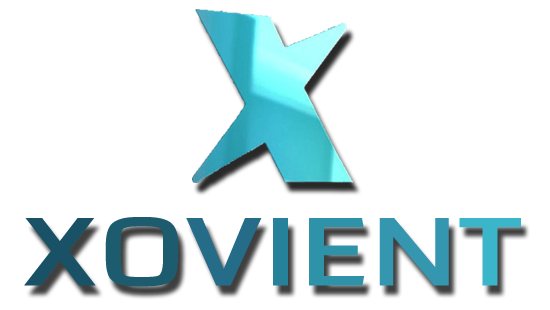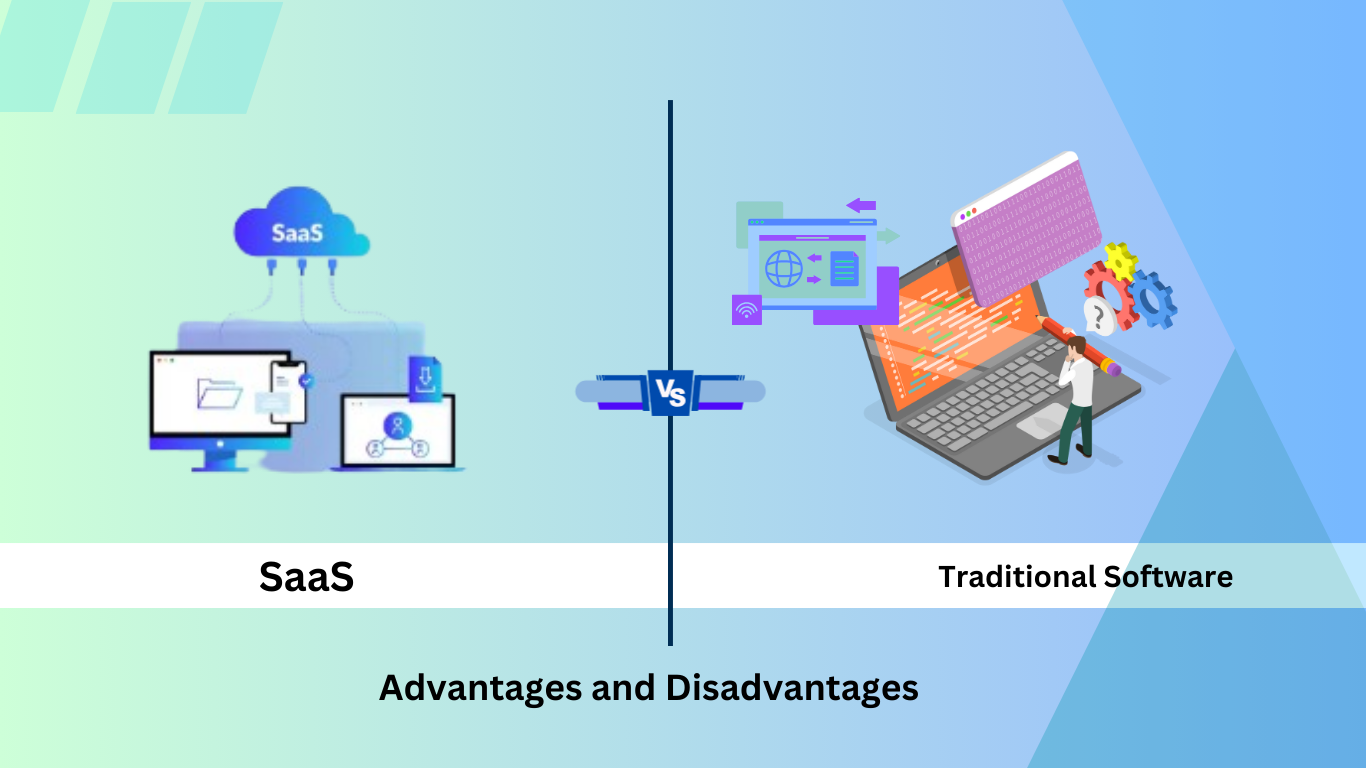In the realm of software solutions, the debate between Software as a Service (SaaS) and traditional software has been ongoing for years. Both options have their own set of advantages and disadvantages, catering to different needs and preferences of businesses and users. The choice between SaaS and traditional software depends on factors such as budget, security requirements, customization needs, and the nature of the business. By understanding the strengths and limitations of each approach, businesses can make informed decisions when selecting the right software solution for their specific requirements. In this blog post, we’ll delve into the key differences between SaaS and traditional software, exploring their respective pros and cons.
Understanding SaaS and Traditional Software
Before diving into the comparison, it’s essential to understand what SaaS and traditional software entail.
SaaS (Software as a Service): SaaS refers to software hosted in the cloud and accessed via the internet. Users typically subscribe to SaaS applications on a pay-as-you-go or subscription basis, accessing the software through a web browser.
Traditional Software: Traditional software, also known as on-premise software, is installed directly onto a user’s computer or local servers. Users purchase licenses for the software and are responsible for installation, maintenance, and updates.
Advantages of SaaS:
Accessibility: One of the primary advantages of SaaS is accessibility. Users can access SaaS applications from any device with an internet connection, making it convenient for remote work and collaboration.
Scalability: SaaS solutions are often highly scalable, allowing businesses to adjust their usage and subscription levels based on their needs. This scalability is particularly beneficial for growing businesses or those with fluctuating demands.
Lower Upfront Costs: SaaS typically requires lower upfront costs compared to traditional software, as users pay for subscriptions rather than purchasing licenses outright. This cost structure can be advantageous for startups and small businesses with limited budgets.
Automatic Updates: SaaS providers handle software updates and maintenance, ensuring that users always have access to the latest features and security patches without the need for manual intervention.
Reduced IT Overhead: With SaaS, users offload much of the IT infrastructure and management responsibilities to the provider, reducing the need for dedicated in-house IT staff and infrastructure.
Disadvantages of SaaS:
Dependence on Internet Connection: Since SaaS applications are accessed over the internet, users rely on a stable internet connection. Downtime or connectivity issues can disrupt productivity and access to critical software.
Data Security Concerns: Storing data in the cloud raises security concerns for some users. While SaaS providers implement robust security measures, businesses must trust third-party providers with their sensitive data.
Customization Limitations: SaaS applications may offer limited customization options compared to traditional software. Businesses with unique or complex requirements may find it challenging to tailor SaaS solutions to their specific needs.
Subscription Costs Over Time: While SaaS often involves lower upfront costs, subscription fees can accumulate over time, potentially surpassing the long-term cost of traditional software licenses.
Vendor Lock-In: Switching between SaaS providers can be challenging due to data migration and compatibility issues, leading to vendor lock-in for some businesses.
Advantages of Traditional Software:
Control Over Data and Infrastructure: With traditional software, businesses have greater control over their data and infrastructure, as the software is hosted locally. This control can provide peace of mind for organizations with strict compliance requirements.
Customization Flexibility: Traditional software often offers more extensive customization options, allowing businesses to tailor the software to their exact specifications and integrate it with existing systems.
No Dependence on Internet Connection: Unlike SaaS, traditional software does not require a constant internet connection for operation, making it suitable for offline use or environments with unreliable internet access.
One-time Purchase Costs: While traditional software licenses may involve higher upfront costs, businesses typically make a one-time purchase rather than recurring subscription payments, potentially resulting in long-term cost savings.
Potential for Offline Use: Traditional software installations allow for offline use, making them suitable for scenarios where internet access is limited or unavailable.
Disadvantages of Traditional Software:
High Upfront Costs: Purchasing traditional software licenses can require a significant initial investment, making it less accessible for startups and small businesses with limited budgets.
Maintenance and Updates: Users are responsible for maintaining and updating traditional software installations, which can be time-consuming and require technical expertise.
Limited Accessibility: Traditional software is typically tied to specific devices or locations, limiting accessibility and flexibility for remote work or collaboration.
Scalability Challenges: Scaling traditional software installations can be complex and costly, requiring additional hardware and infrastructure as the business grows.
Security Risks: Businesses are responsible for securing their on-premise software installations, potentially exposing them to security risks if adequate measures are not implemented.
Ending: Security remains paramount in Xovient’s ethos. Bolstered by industry-leading security protocols, Xovient fortifies its SaaS offerings with robust measures to safeguard sensitive data and ensure compliance with regulatory standards. Employing a multi-layered approach encompassing encryption and stringent access controls, Xovient prioritizes the protection of client information at every juncture. Furthermore, Xovient leverages cutting-edge cloud computing technologies to construct highly scalable and resilient SaaS applications. Whether catering to a modest user base or accommodating a surge in demand with thousands of concurrent users, Xovient’s infrastructure seamlessly scales to preserve performance integrity. Beyond development, Xovient provides comprehensive support and maintenance services, ensuring the sustained success of SaaS applications post-launch. From troubleshooting emergent issues to implementing innovative features, Xovient’s adept team of specialists remains steadfastly committed to guiding clients through every phase of their SaaS journey.
In essence, by harnessing Xovient’s expertise, businesses can effectively navigate the nuanced terrain of SaaS, leveraging its myriad benefits while mitigating potential drawbacks. Whether embarking on the development of a novel SaaS solution or transitioning an existing application to the cloud, Xovient serves as a trusted ally, empowering businesses to flourish amidst the dynamic expanse of the digital realm.

